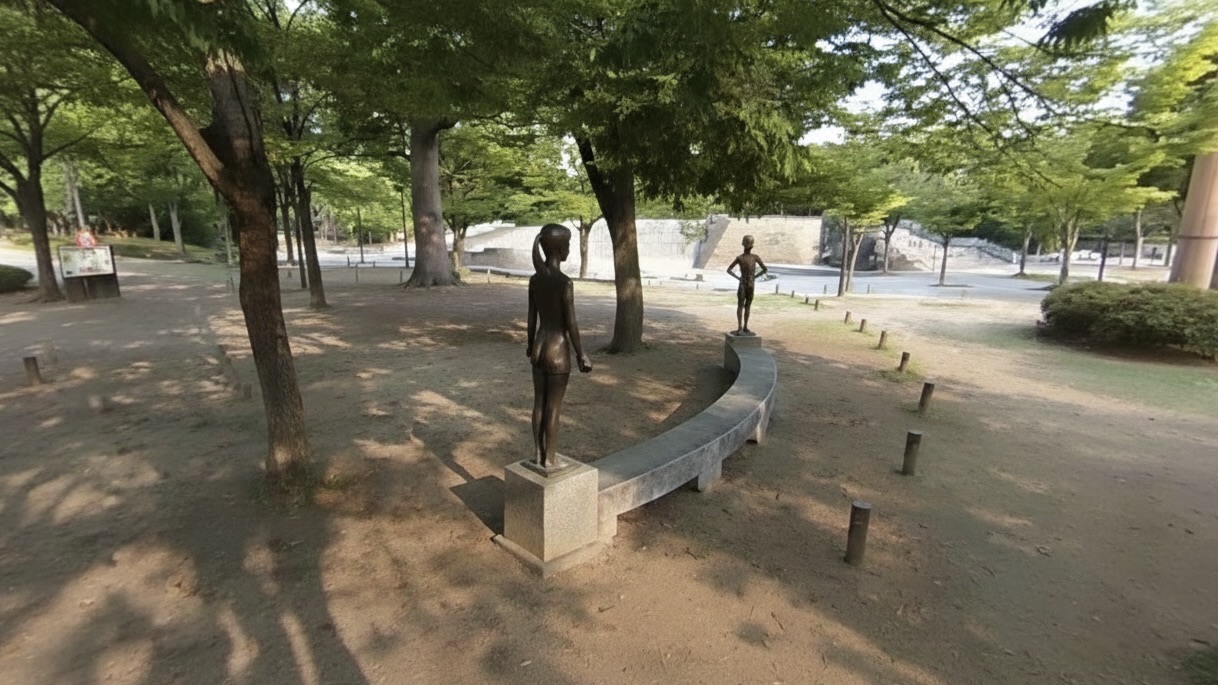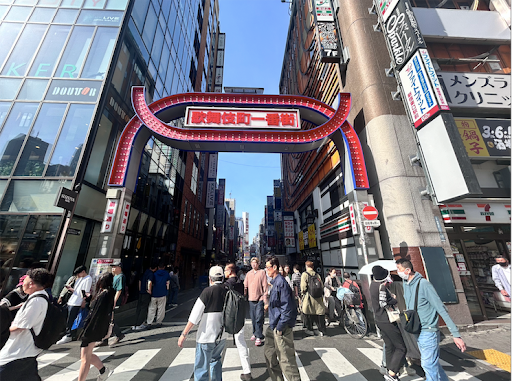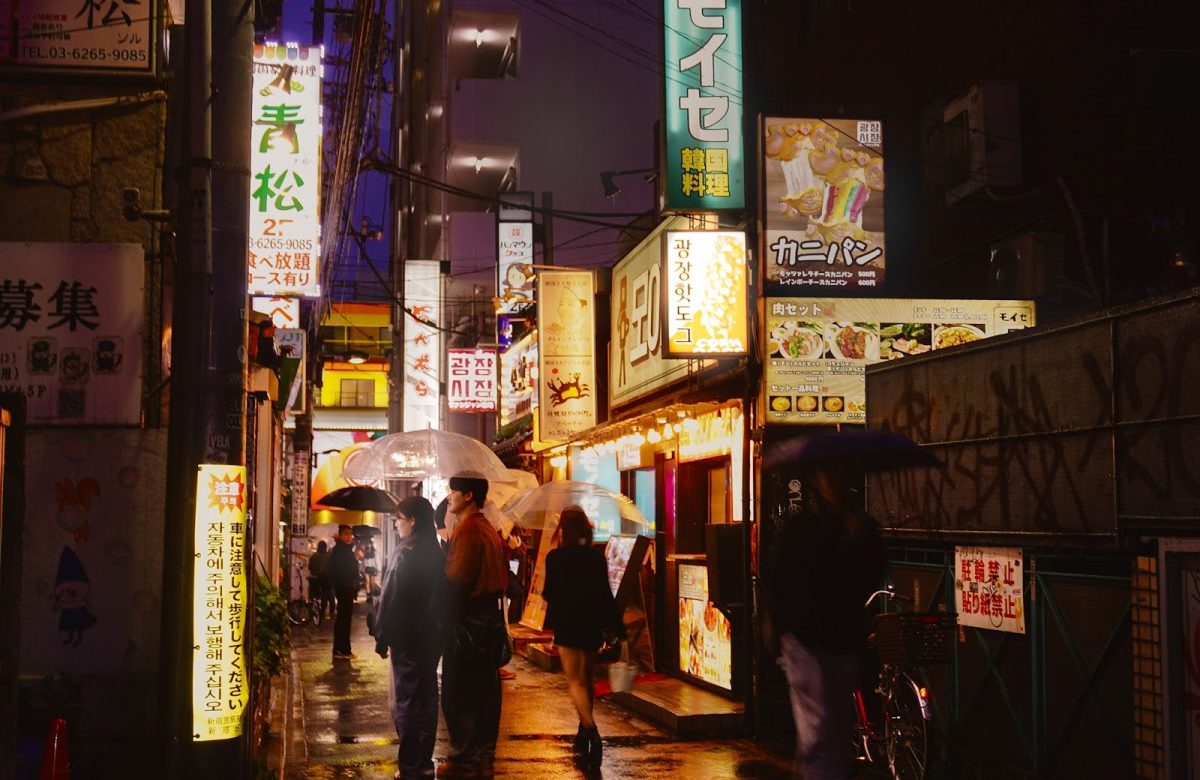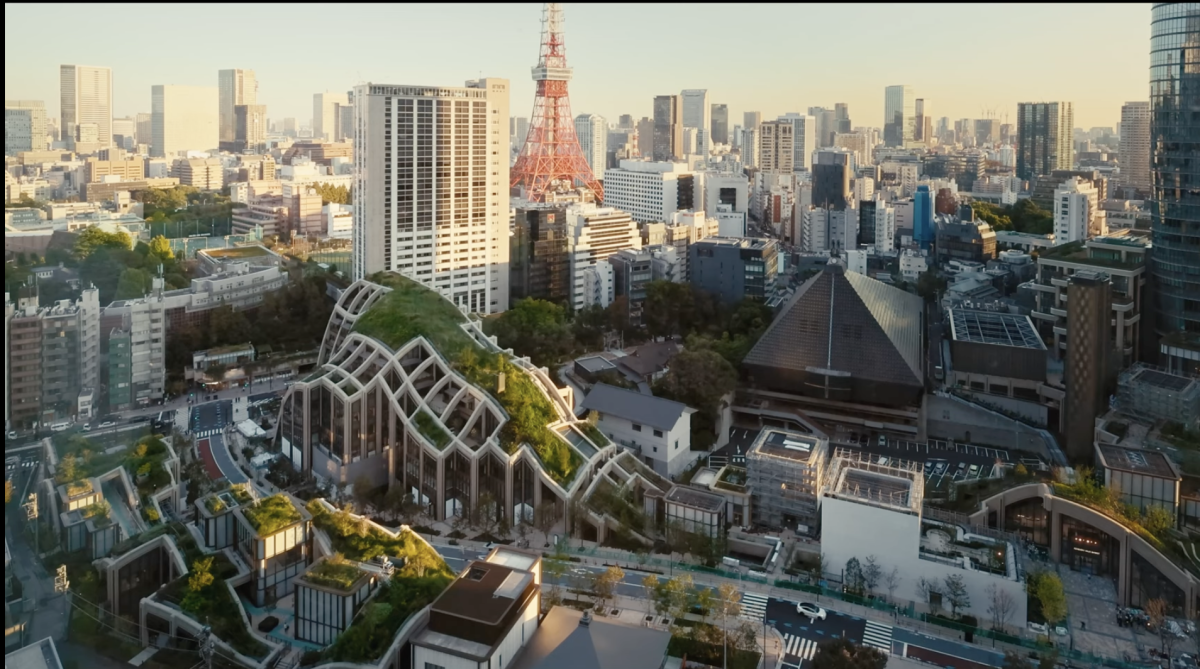It is no surprise to find nude statues scattered across Japan. For decades, these works have blended naturally into the landscape—in public parks, train stations, and especially in onsen towns. In Japan, nudity has carried connotations of purity, relaxation, and harmony with nature. Most passers-by treat the figures as part of everyday scenery.
Yet, what was once an unremarkable feature of Japanese life has become increasingly questioned. Statues that once embodied peace, health, or civic pride are now being removed from parks, station plazas, and bridges across Japan because the local governments deem them inappropriate.
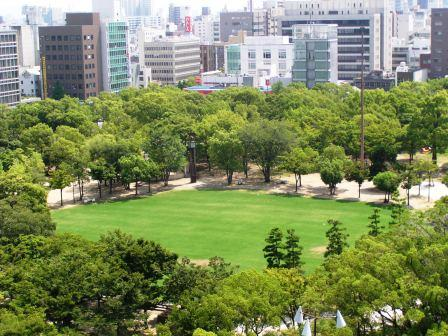
Most recently, in August 2025, officials in Takamatsu City announced plans to remove a nude statue depicting two young girls facing one another from Central Park. Designed by sculptor 94-year-old Seiichi Abe, schoolchildren have expressed discomfort walking past it. Some have even stated, “It’s embarrassing to look at it.” With this change in public perception, the city concluded that, as societal values have shifted, citizens should no longer view the nude statue. As a result, the statue’s removal has been scheduled for later this month during the park’s redevelopment. However, Abe has expressed disappointment in his interview with The Yoimuri Shimbun, stating that Two Girls was created to commemorate the opening of the Seto Ohashi Bridge. Describing the statue as intended symbols of vitality and “an expression of the beauty of the Seto Inland Sea region connecting Shikoku and Honshu,” Abe voiced that he wanted the statue to remain and that he was not notified of the city’s plans for its removal.
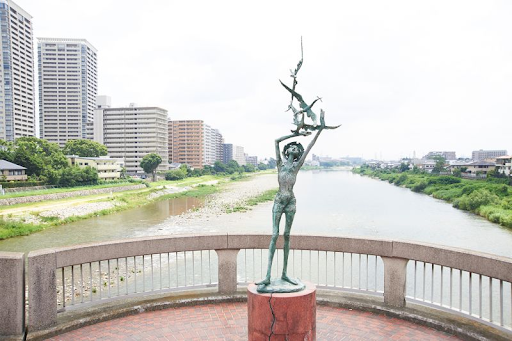
This is not the first case in which a statue has been taken down amid mixed reactions from the public. In 2022, the potential reinstallation of Mano d’Amore (Hand of love) created by Yuki Shintani sparked debates on whether nude statues demeaned women—following its initial removal decades earlier, when critics had argued it was “misogynistic.” Another occurrence was in 2012, when government officials covered replicas of Michelangelo’s David and the Venus de Milo in Okuizumo with underwear due to complaints from the public. The removal of these statues raises a question as to the true intentions behind the creation of these statues.
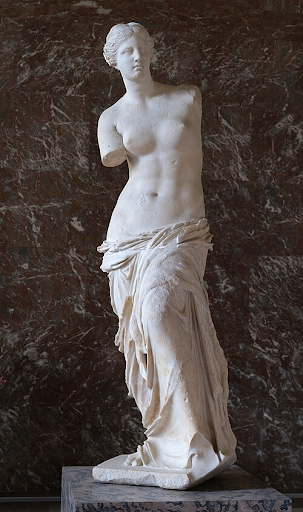
In the 1950s to the 1970s, the local Japanese governments commissioned various sculptors to create statues after World War II to symbolize rebirth and peace, as well as to celebrate the human form. Inspired by European customs, the public art heavily leaned on depicting women and children as they were meant to embody purity and innocence. According to Japan Today, the Japanese officials saw the nude statues of women and children as life-affirming and maternal while male figures are considered hostile or aggressive.
With Japan’s public spaces containing a large number of nude statues, the change in public perception leads many to wonder what to do with the statues now. Some institutions have suggested moving these statues into museums to preserve them as public art, while others have argued to leave them in their locations. Critics, however, contend that the statues risk misrepresenting Japan to tourists and no longer reflect current values. The Japanese public now holds two contrasting views: one that sees nude statues as a way to normalize the human body, and another that questions them from a feminist perspective.
As a majority of the statues depict women, concerns have been raised on the outdated ideals of beauty and representation. Feminists see the statues as reflecting a postwar male-dominated art establishment that has used women’s bodies as symbols of beauty, fertility or purity—but without women’s voices or agency that decides how they are to be represented. The statues being placed in everyday public spaces also present the risk of reducing women’s identities to only their physical appearance which perpetuates gender stereotypes and reinforces the idea of women as decorative objects.
It doesn’t help that Japan’s obscenity laws have forbidden the explicit depiction of genitals, creating a discrepancy between what the government deems “appropriate” nudity and what is legal. In addition, there have been growing parental concerns overlapping with feminist voices: the location of nude statues being placed near schools, playgrounds and community centers. Questioning the type of “lesson” that they are sending about gender roles, modesty, and respect, parents are skeptical on if these statues belong in everyday spaces.
As the modern age progresses, it becomes evident that the public now has an aversion to these statues, with some students expressing disdain or hesitancy towards learning about them in academics. At Asia University, Professor Yoko Takayama surveyed 67 students on nude statues in public spaces. Forty-two opposed their presence, believing them to be offensive or unsuitable for education. Surprised at their hostility towards the statues, Takayama noted that the students were unaware of the symbolic meaning behind their installations. Online, users on the KTV News report as well as X (formerly Twitter), shared the same sentiment, commenting: “It is a mistake to think that nudity is offensive to humans.” Another stated: “If you find something offensive, you should be mature enough to just remove it from your field of vision.”
Yet, despite the shifts in attitude between the different generations, local governments continue to take action. In a press conference in December 2024, the Mayor of Shizuoka, Takashi Nanba, expressed disdain for the statues, stating: “There are too many nude statues in the city. Wouldn’t it be more appropriate to place them in museums where they can be properly appreciated?” With the city seeking opinions from the public, some have suggested statues remain with their historical context explained through plaques and exhibits. Others have asked for balanced representation with male figures and abstract works.
As what used to stand as a symbol of peace no longer resonates in the same way as before, the Japanese government faces the question of whether they want to remove the statues, relocate them, or find other ways to contextualize them. The outcome of their choices will shape how Japan defines its post-war cultural identity and responds to the younger generation’s voices. All in all, this controversy highlights the shifting values concerning public opinion, art, and gender equality within Japan.



